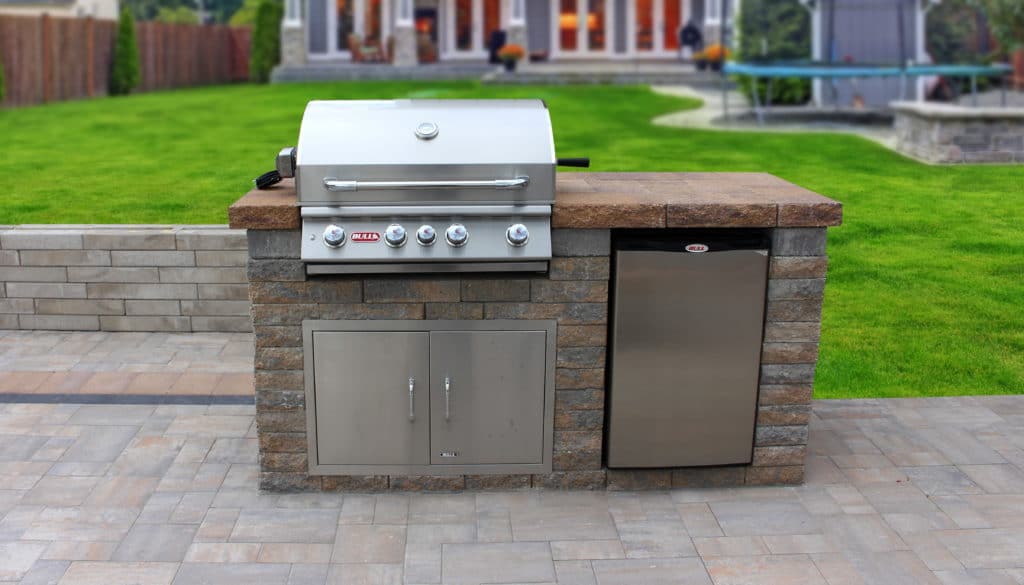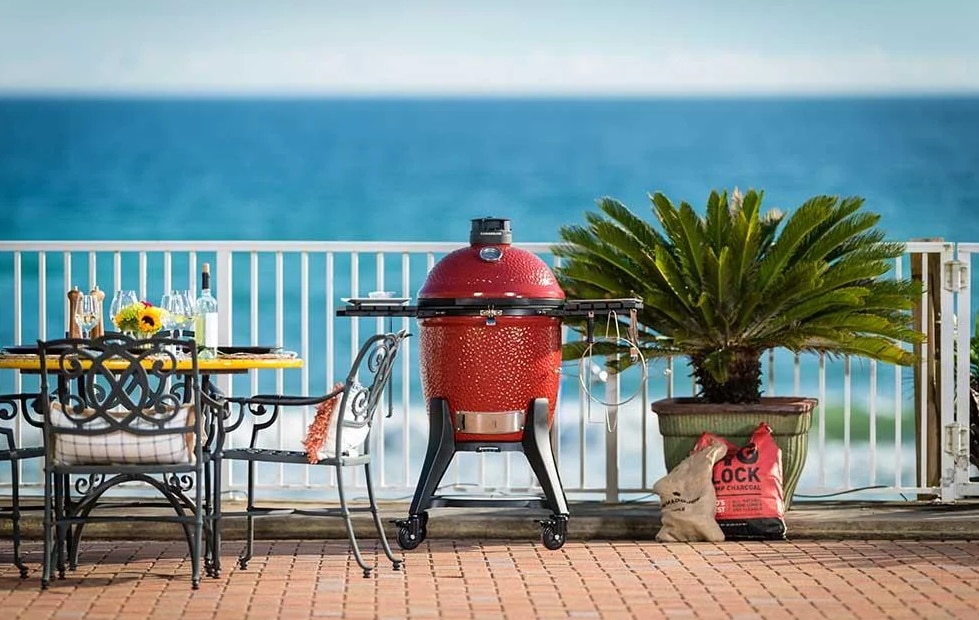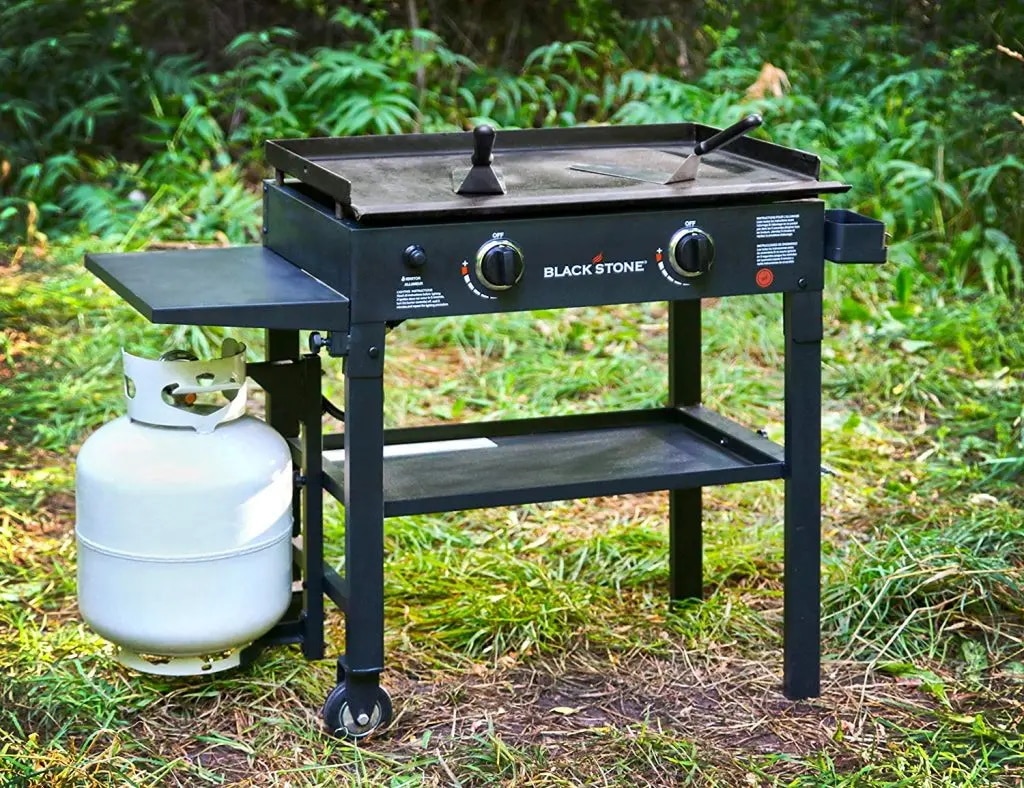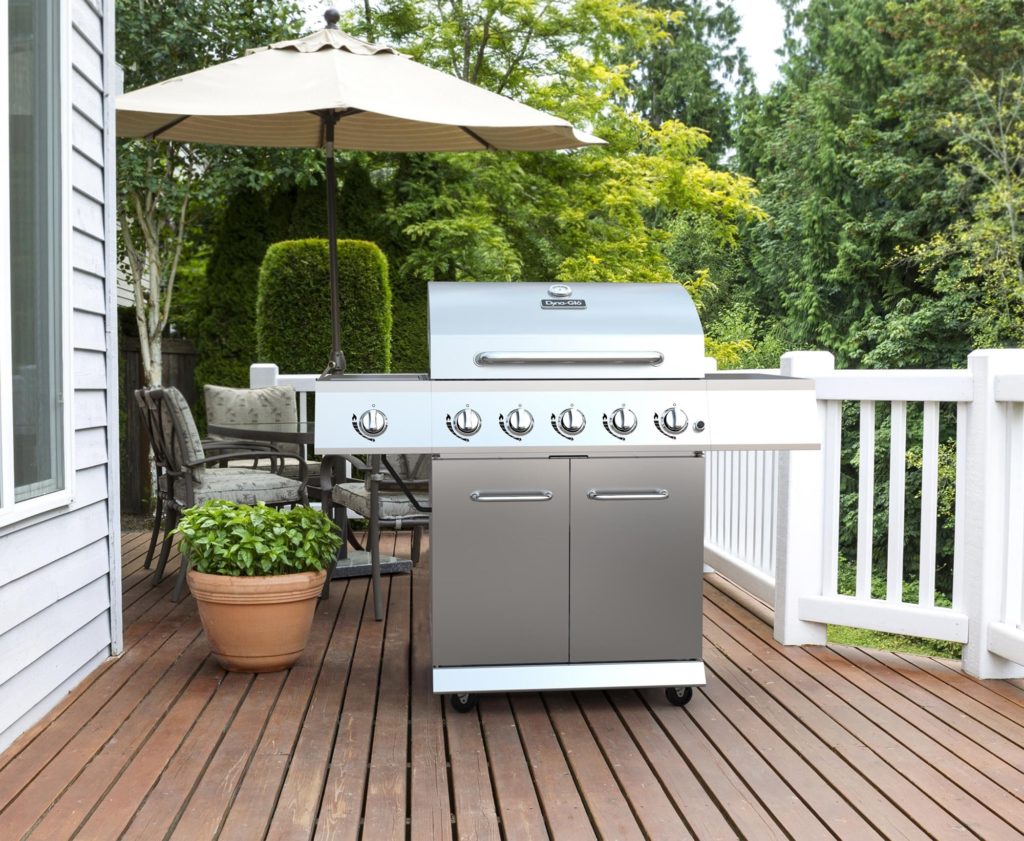
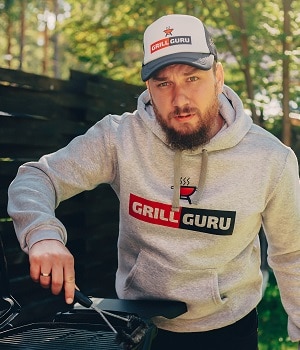
If you are on this page, then it is likely that you’ve either burnt your fair share of undercooked meats and foods in the name of grilling, or you are just getting started in the grilling business, and you want to be properly educated to avoid discouraging mishaps. If you belong to the latter group, your search for more knowledge is worthy of praise, but if you belong to the former, no more disasters after this piece.
The choice of direct grilling vs. indirect grilling should naturally be the first people take note of when learning how to run a grill. That is assuming you have settled on a grill to use. If you haven’t, you should probably consider one of these Char-Broil grills. Grill aside, the importance of knowledge cannot be understated, and I’m going to be educating you on what it means to grill directly, indirectly, or using a combo of the two.
As stated earlier, the direct grilling method involves cooking your meat using the heat directly from the flame Trusted Source DJ BBQ’s grilling guide: 10 tips on how to cook outdoors | Barbecue | The Guardian About 90% of the time, I set up my grill in a half-and-half arrangement, with charcoal on one half of the base and none on the other. That way, I can colour food to the right char over the coals, then move it to the other side to finish off at a safe distance from the heat source. www.theguardian.com . This method is also as fast as it is simple but remembers that quality doesn’t always mean speed, and while this method might be suitable for searing meat or for taking care of cooking, that shouldn’t take much time.
Though direct grilling is faster than the indirect method, the cooking is speed would still be affected by other factors such as whether the lid is to be left open or closed. As expected, an open lid would mean more time spent, and a closed lid would mean less.
Your choice as regards the lid would also depend on what you are cooking. If you are to be cooking anything that has a high risk of being overcooked when the lid is down, you would be better served cooking with an open lid.
Lid choice aside, though, the direct method is more suitable for certain types of food than for others, and it is advised that when grilling meat cuts that are more than two inches in thickness, the direct grilling method should not be used. This direct method is suitable, however, for grilling steaks, fish fillets, etc., that are less than two inches thick.
A direct opposite of the direct grilling method, indirect grilling involves grilling without the effect of direct heat. As such, the procedure itself is more akin to baking or cooking than to grilling properly. Rather than placing the meat cut to be grilled directly on the flame, as is done in the previously touched upon method, the meat is placed to the side here. This placement, combined with the use of a closed lid, would mean that convection and radiation would be the facilitators of your cooking rather than direct heat. Hence, there would be no burning, but the meat would cook more thoroughly and slowly than if direct heat were used.
An added advantage to this method of grilling is that the meat or food is likely to cook more evenly. As you would have noticed, though, this method would mean that the heat source would predominantly be working on one side of the grill. This would mean that some of the most effective gas grills available for under $400, such as the Char-broil 463370719 Cart-Style grill and its multiple burner design, would be capable of indirect grilling as well.
You would also have realized that grilling this way means that there less chance of your food or meat burning.
It should be noted that opening the grill causes the escape of heat, and opening the grill regularly would significantly increase the cooking or grilling time. This method should, thus, be suitable for handling roasts, poultry, etc.
Just as it sounds, the combo grilling method Trusted Source The expert's guide to the perfect meat barbecue | Barbecue | The Guardian Indirect cooking also provides a safety net. By using two cooking zones – direct and indirect – you can moderate how your meat cooks: if the grill gets a little out of control, just move the meat to the indirect area until it calms down. The aim is to have two very different temperatures, one at each end of the barbecue. Ideally, the indirect zone will hover about 105-130C, while the direct zone will be about 170-190C. www.theguardian.com is a combination of the two methods already covered in this article. If you want that thick cut of meat to have the right surface crisp while staying tender and cooked on the inside, this is the method to employ. All you would have to do is grill directly to sear then indirectly for thorough cooking.
You could also do it the other way round if it suits you. A highly recommended versatile grill for seamless combo grilling is the Cuisinart CPG-4000 Pellet Grill that combines portability with all-around effectiveness.
There are other gases and pellet grills available for under $500 that would meet the specifications of what is needed to help you use any grilling method you want with little stress. You should probably consider one of them if you’re looking for a budget-friendly grill that won’t limit your cooking.
Overall, the combo method would be nice for making steaks, whole tenderloins, and chicken.
Grilling isn’t as complicated as it is usually made out to seem by some people. You’ve probably watched some of your host’s grill with full concentration for hours only to emerge with less than satisfactory results. That is likely to happen when you have a passion for grilling but little technical know-how to back it up.
Critical pieces of technical knowledge to have been the advantages and disadvantages of direct grilling vs indirect grilling. This knowledge should determine what method you would use and what method would be most effective. Luckily for you, I’ve covered all the key areas and more. All that’s left is for you to get back to the business of making culinary magic for guests and family alike.
